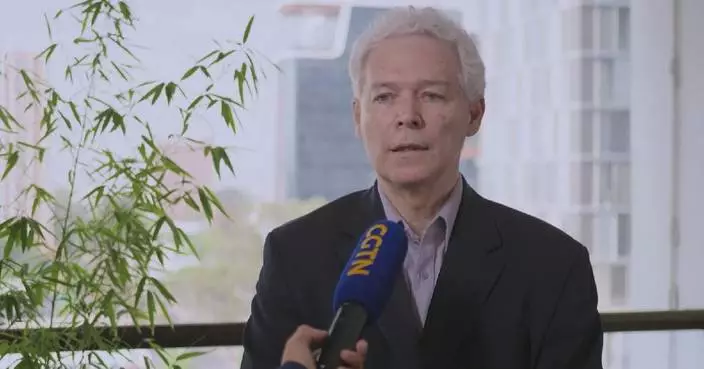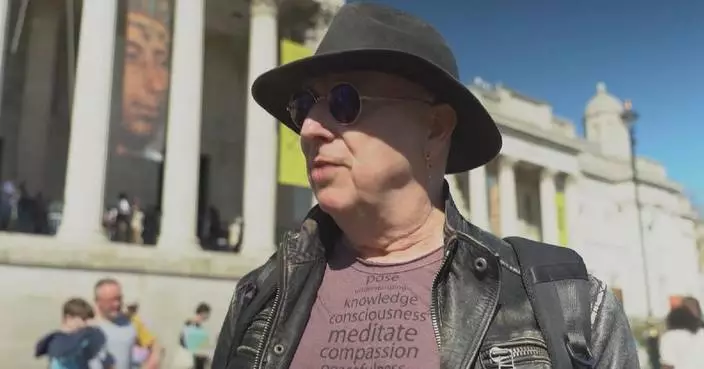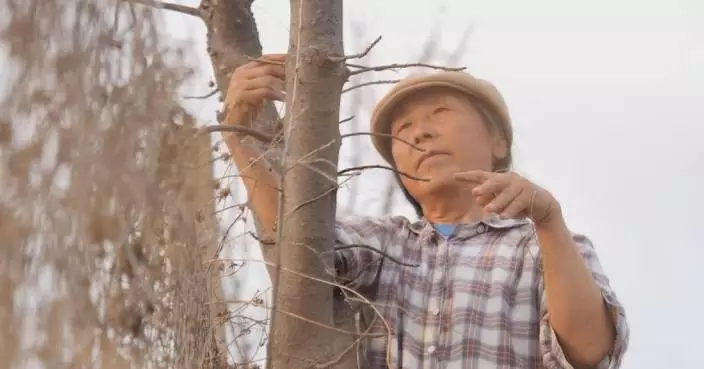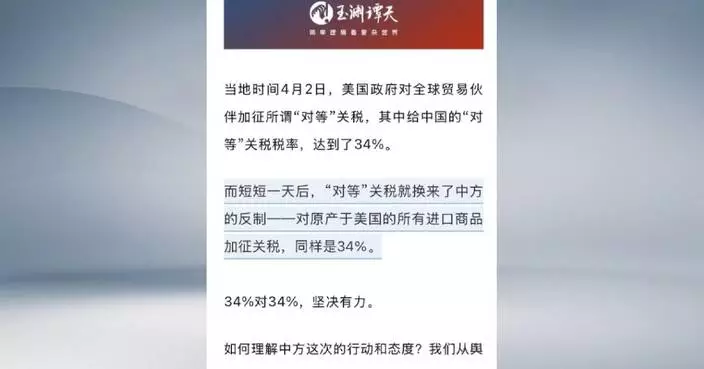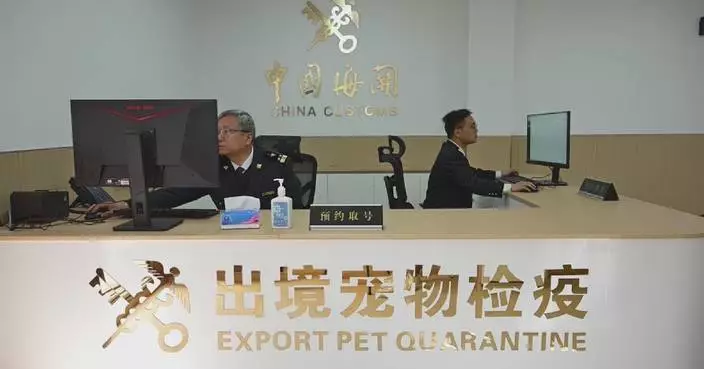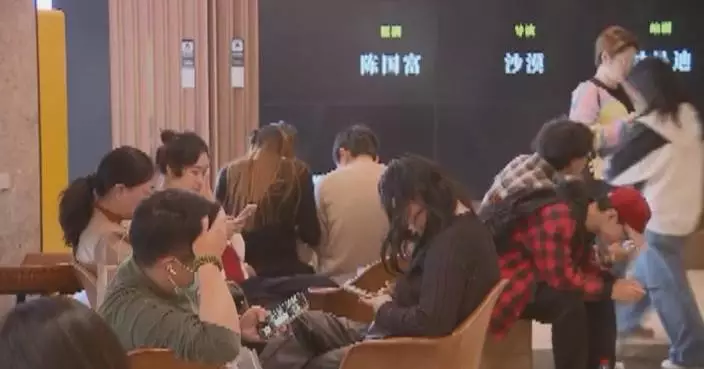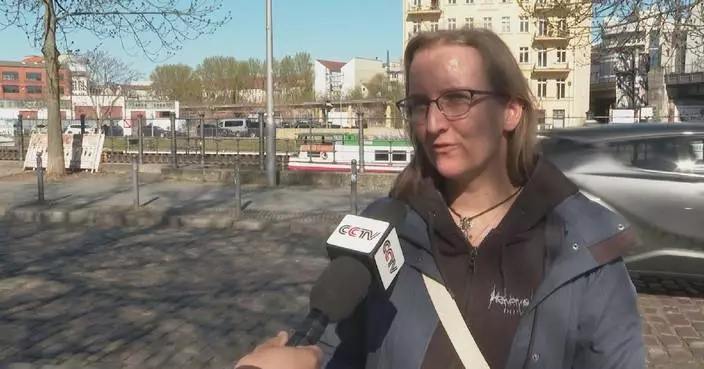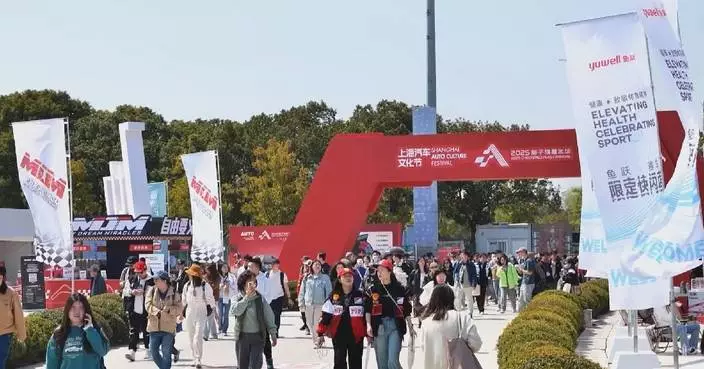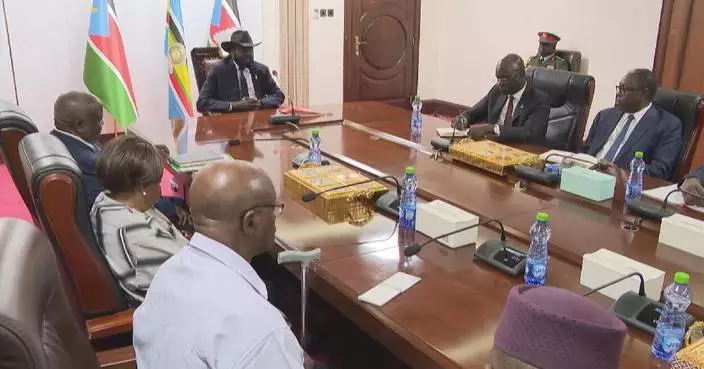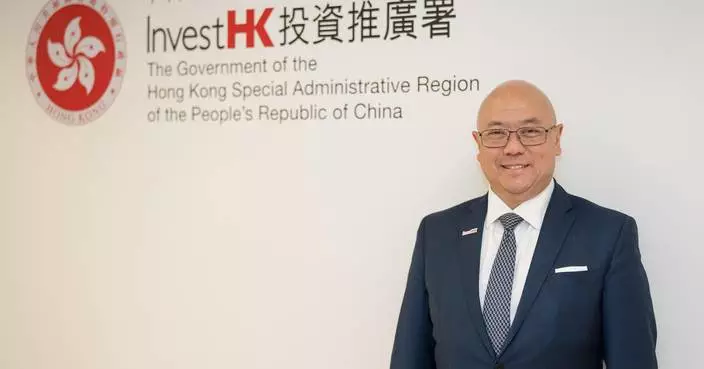China has issued new rules to tighten control on the export of seven middle-heavy rare earth elements, according to a statement jointly issued by the Ministry of Commerce (MOC) and the General Administration of Customs on Friday.
The export control measures apply to dual-use substances related to seven types of middle-heavy rare earth elements, namely, samarium, gadolinium, terbium, dysprosium, lutetium, scandium, and yttrium. The policy comes into effect on Friday.
An MOC spokesperson said the move is a common international practice.
"The Chinese government has imposed export controls on the relevant items in accordance with the law to better safeguard national security and interests and fulfill non-proliferation and other international obligations. The export controls on the relevant items, which are dual-use goods, is a common international practice. As a responsible major country, China has included the relevant items on its export control list, reflecting its consistent position of firmly safeguarding world peace and regional stability. China is willing to strengthen foreign exchanges and cooperation through bilateral dialog on export controls to promote trade policy compliance," said the spokesperson.
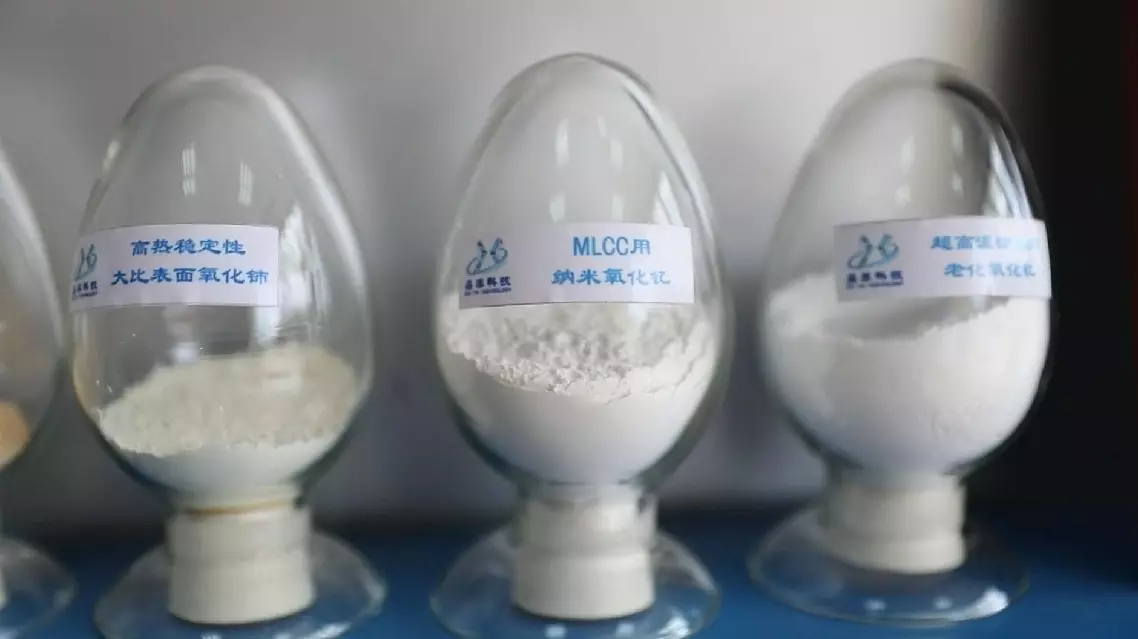
Control tightened on export of 7 rare earth elements
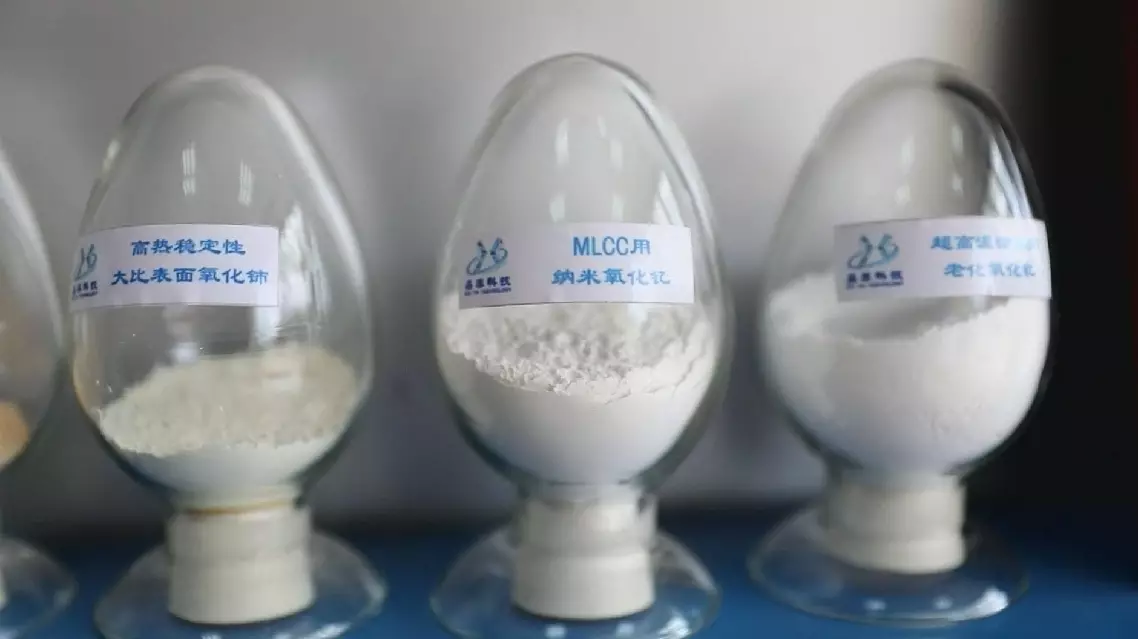
Control tightened on export of 7 rare earth elements
Museums across China have been hosting exhibitions, performances, and interactive activities in celebration of the Qingming Festival holiday, attracting numerous visitors of all ages to explore cultural history.
Qingming Festival -- also known as Tomb-Sweeping Day -- dates back over 2,500 years as a time when Chinese people to return to their hometowns to pay respects to their ancestors and deceased loved ones. This year, the festival fell on Friday.
In northeast China's Liaoning Province, an exhibition showcasing ancient Chinese bamboo slips, one of the most important writing mediums in ancient China, was jointly held by Liaoning Provincial Museum and Gansu Bamboo Slips Museum.
With 253 sets of cultural relics displayed, the exhibition offers insights into the country's rich historical record.
As a testament to Chinese civilization, the information recorded on bamboo slips reflects ancient social life and historical heritage. In northeast China's Jilin Province, a series of revolution-themed stage plays were showed at the former site museum of China's Changchun Film Studio, the cradle of Chinese cinema.
The plays adapted from classic revolution-and-war-themed films offered a moving portrayal of revolutionary heroes. In Zhengzhou, capital city of central China's Henan Province, museums hosted music performances and hands-on craft activities, allowing people to experience traditional culture firsthand.
"During the three-day Qingming Holiday, volunteers of the museum have arranged more lectures to provide better services to the public," said Xu Nan, director of interpretation section of Henan Museum. In north China's Shanxi Province, the municipal museum of the capital city Taiyuan saw a peak of visitor flows during the holiday.
Taiyuan Museum offered educational lectures and workshops on folk customs, engaging young visitors with interactive learning.
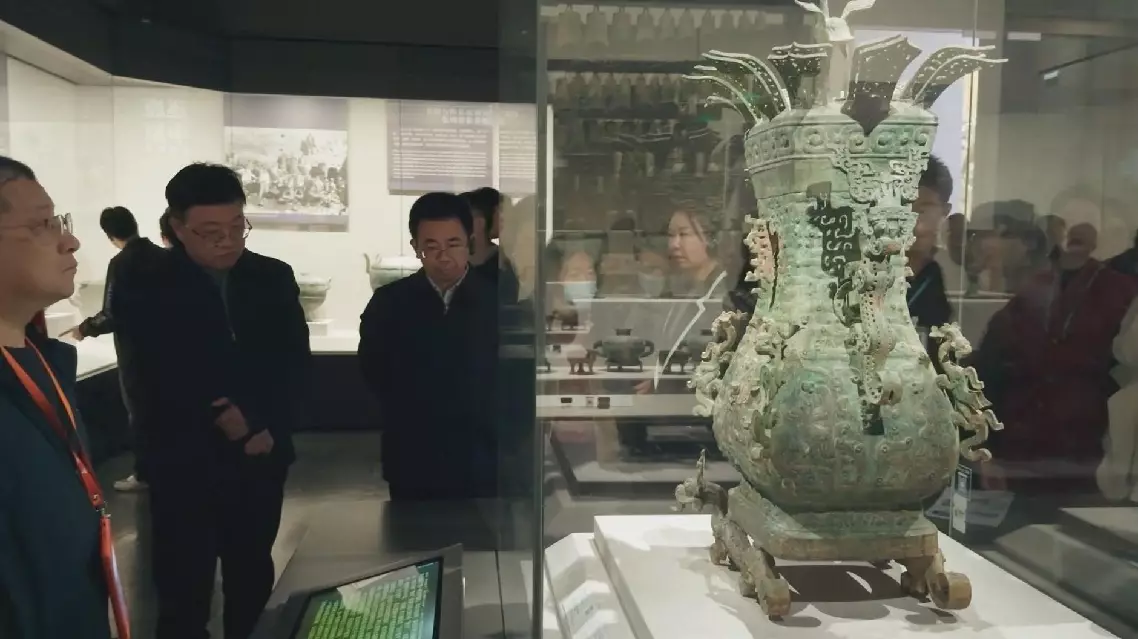
Museums in China offer rich cultural experiences during Qingming holiday






